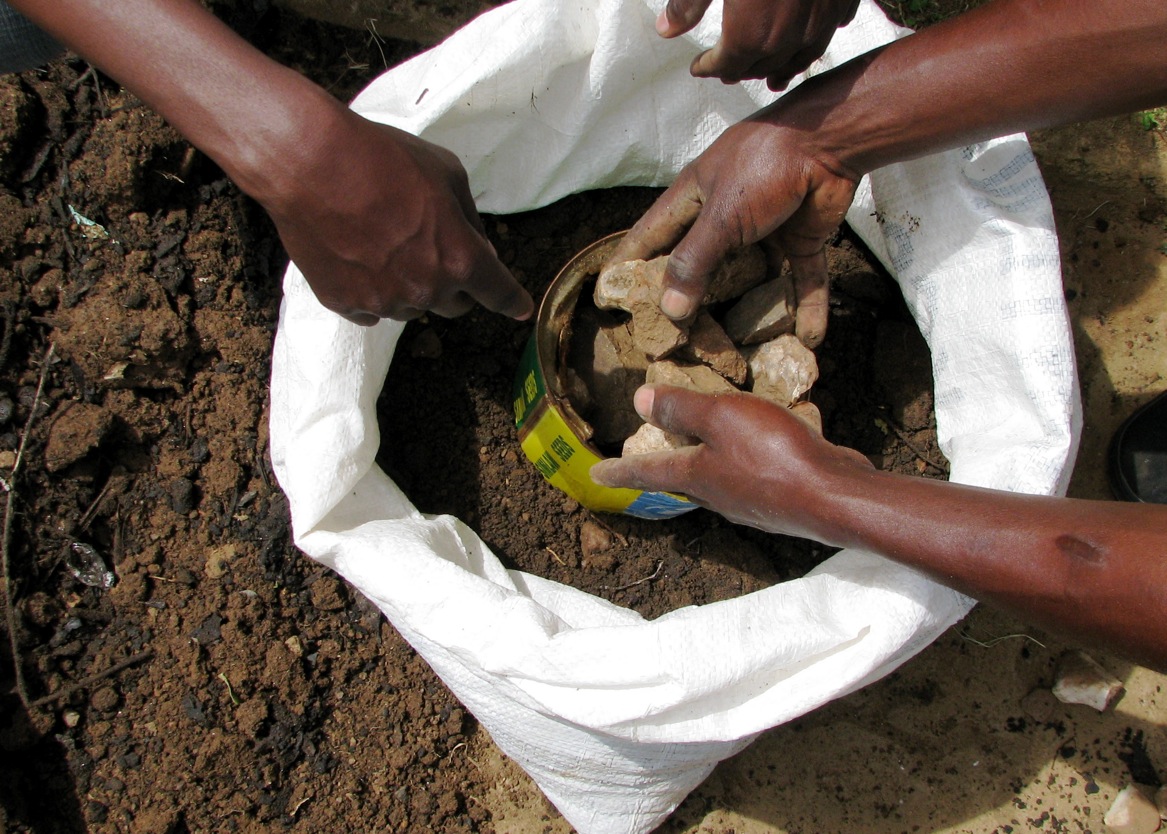
Grow Your Own Sack Garden Humanitarian Aid & Relief
The best compost for sack mounds is the one made using poultry manure and plant remains. If you use such compost, the sack mound will yield a lot of vegetabl.
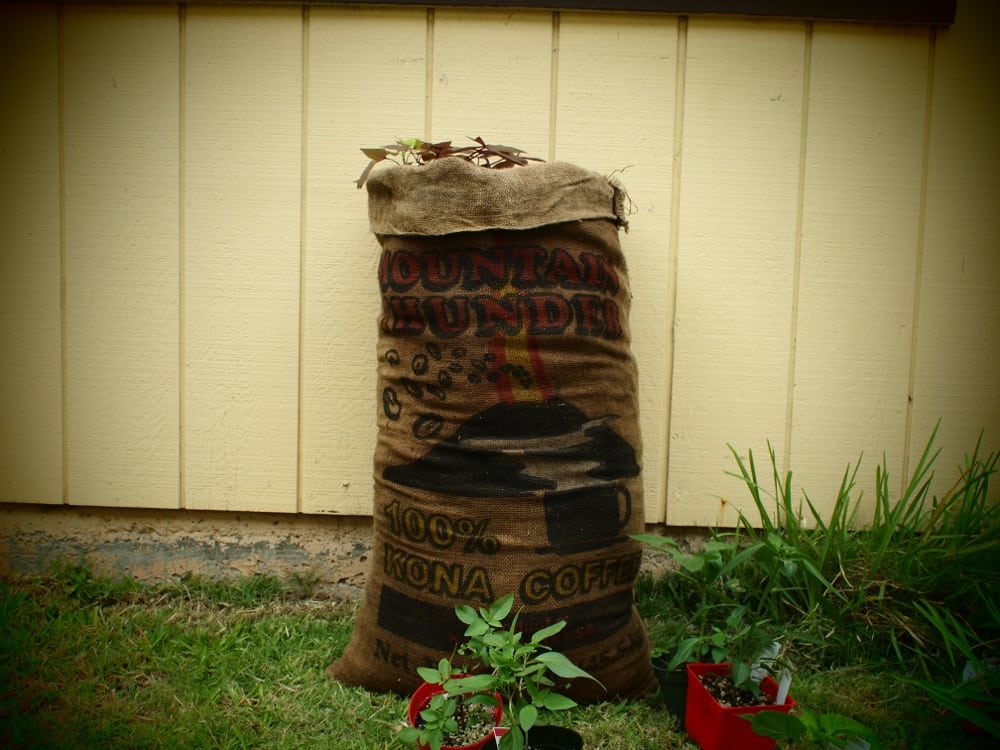
How to make a sack garden Engineering For Change
Grow an abundance of food in a burlap sack!You may have seen people growing potatoes in burlap sacks but this technique allows you to grow a whole garden in.

burlap sack gardening, brooklyn greenspace Small vegetable gardens
Sack gardening is almost as simple as it sounds: gardening in a sack instead of a pot. But it gets interesting when we use really big sacks—100-pound rice sacks or even larger.
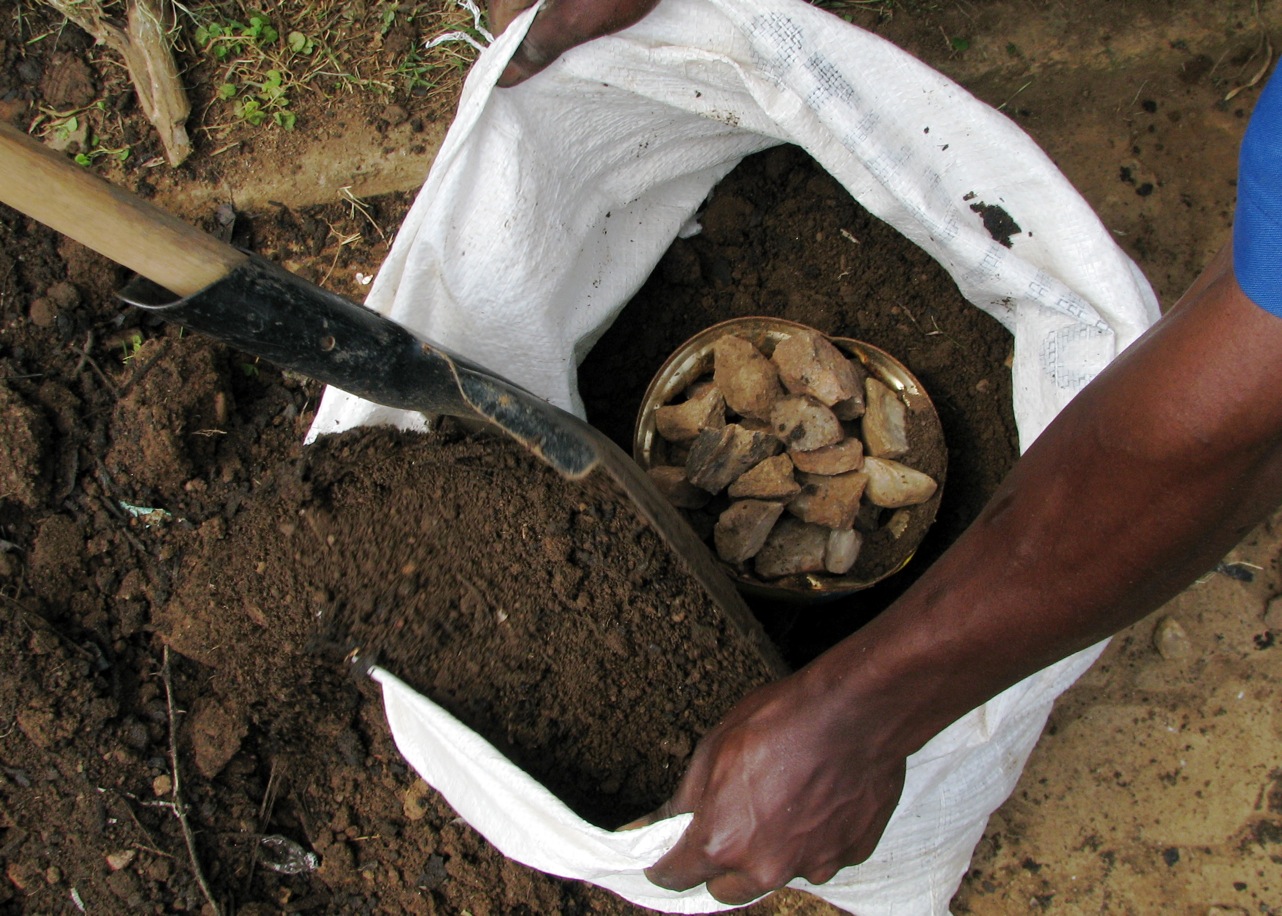
Grow Your Own Sack Garden Humanitarian Aid & Relief
However, in the Kibera slums of Nairobi, Kenya, a relatively new form of urban agriculture has emerged, called sack gardening, in which farmers plant crops into the sides and tops of large.
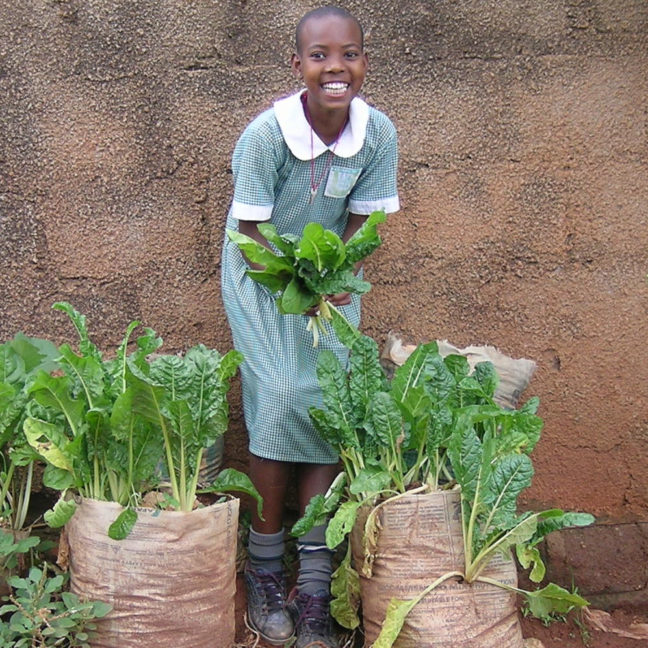
Sack gardening, Uganda Gifts with a Difference
1. Fill the bottom of the sack with soil mixed with organic compost. Fill the tin with rocks. This will serve as an irrigation channel. 2. Surround the tin with more soil, and slowly lift it up, so that the rocks remain. 3. Fill the tin with more rocks, and surround it again with soil. Repeat this until the sack is filled with a tower of rocks.
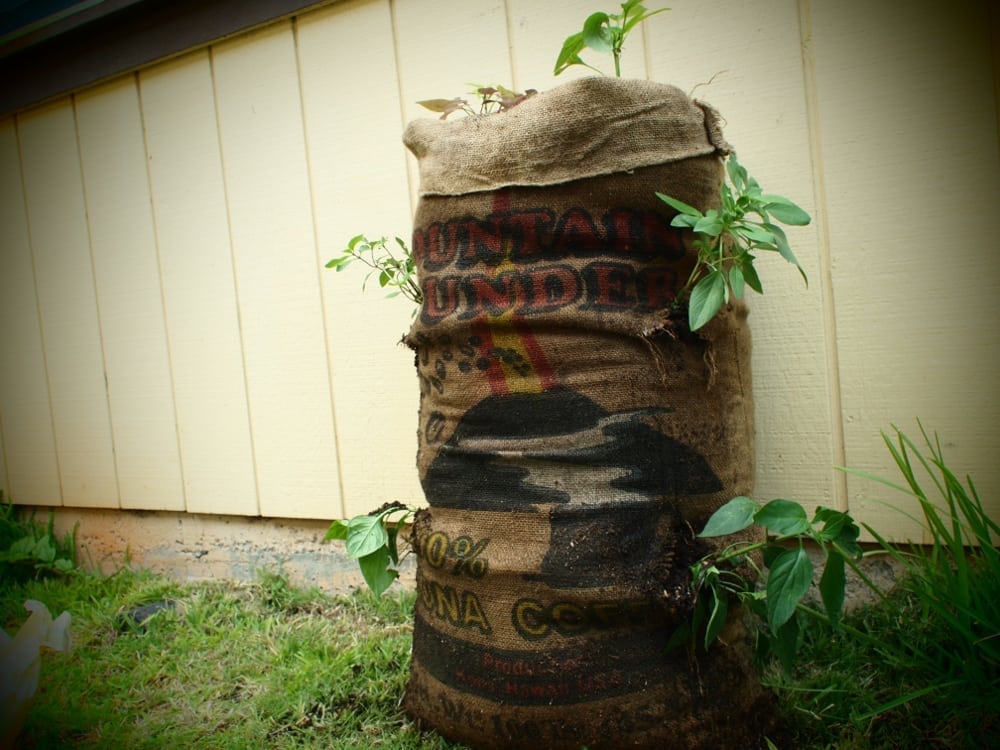
How to make a sack garden Engineering For Change
Plant the top of the sack. Cut a small hole in the sack for planting along the sides. Pro tip: We cut the holes too big. Try making a small cut that looks like an upside down "T," then scoop out soil from below the cut to make a little shelf for the plant. The finished sack garden. This can hold more plants, but we settled on six.

Farmer Field Schools The Sack Garden Plant With Purpose
This trail will go along Bagsværd Sø and Lyngby Sø, where the beautiful view can be enjoyed. The two lakes are part of the Mølleå system, where Bagsværd lake is the second largest lake in the system, only surpassed by Furesø. Bagsværd sø is known for carrying out caproning on an international level. The lake can be used by everyone for sailing these types of rowing boats, sailing.

Sack gardening (St. Lucas Institute Ghent / Willem Van Cotthem
The solution Organic sack gardening coordinates urban agriculture in the form of sack gardening. Tall sacks are filled with earth and planted with vegetable seeds. With some care, leafy greens, herbs, onions, and other vegetables sprout from the top and sides of the sacks.

trust steadily, hope unswervingly, love extravagantly. garden in a sack
Sack gardening allows you to grow more plants in less space since the sacks or bags prevent the root systems from spreading too far and inhibiting the growth of other plants. However, growing plants in sacks or bags can increase the risk of overwatering, but you can reduce this risk by cutting holes or using grow bags.
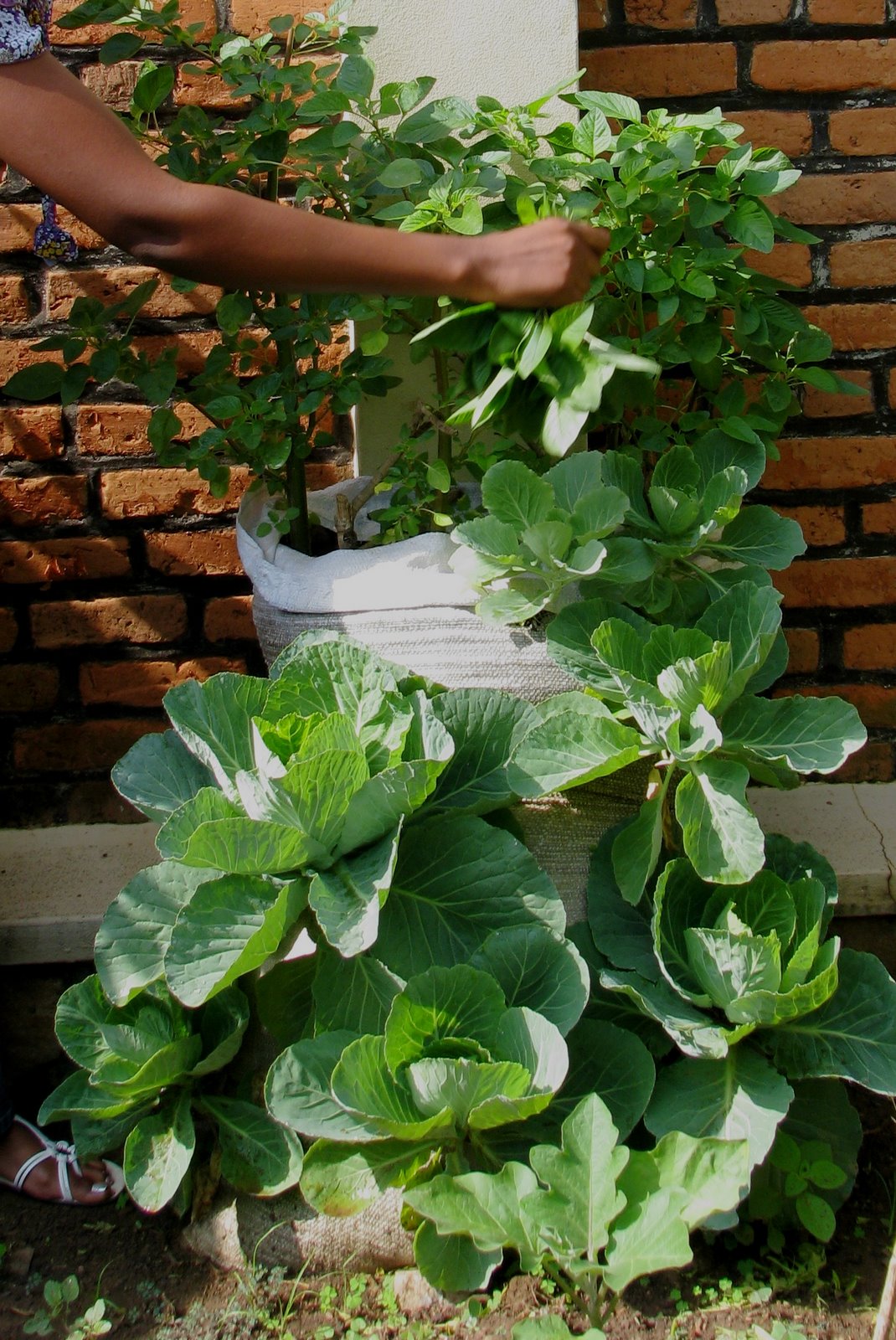
Grow Your Own Sack Garden Humanitarian Aid & Relief
Sack gardens are the saviours of the space-deficient. They are, as the name suggests, a garden in a sack: soil replaces coffee beans and plants grow in the soil. From a lifeless concrete.
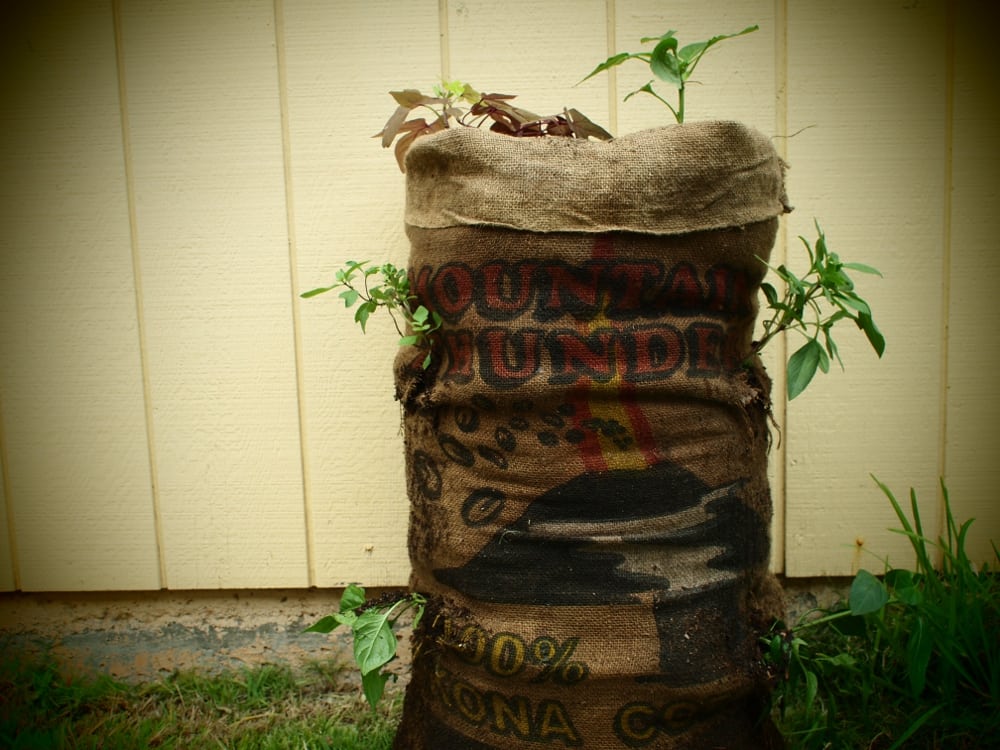
How to make a sack garden Engineering For Change
Bag/Sack gardens, also known as "vertical farms or gardens", are tall sacks filled with soil from which plant life grows. This concept for a small, portable garden is good for areas where the gardener may have to continually relocate, as well as for areas where there is little or no healthy soil (as the soil in the bag is contained).
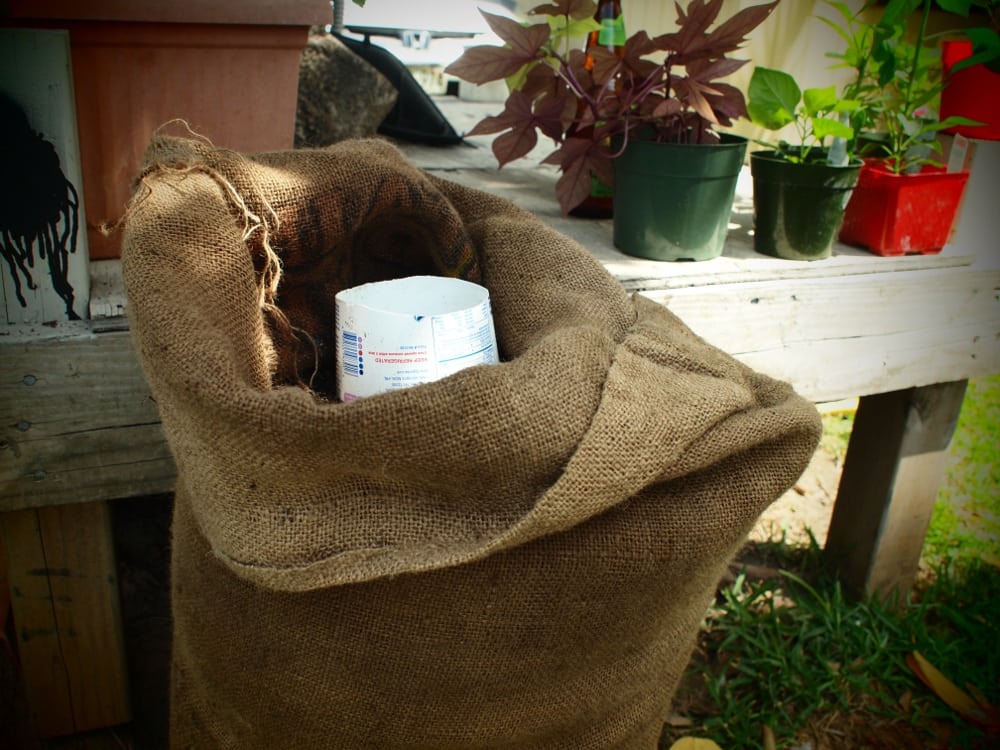
How to make a sack garden Engineering For Change
Sack gardening is a great way to grow in small spaces, this method of gardening is not new but has been around for some time. In fact, sack gardening was first introduced in 2008 because of a crisis that took place in Mathare, Kiambu, and Kibera slums.

Learn to make a burlap sack garden in 20 minutes Tutorial YouTube
The innovative approach of gardening vegetables in sacks by utilizing the vertical space, which takes up little space on the ground offers an alternative to traditional vegetable gardens. Polyethylene grain bags sized 100 x 80 x 40 cms were used as containers for growth. Each sack was filled with soil and cow dung mixed in 2:1 ratio.

WWFPhilippines These Sack Gardens Are Reshaping How We Think About
1. Fill the bottom of the sack with soil mixed with organic compost. Fill the tin with rocks. This will serve as an irrigation channel. 2. Surround the tin with more soil, and slowly lift it up, so that the rocks remain. 3. Fill the tin with more rocks, and surround it again with soil.
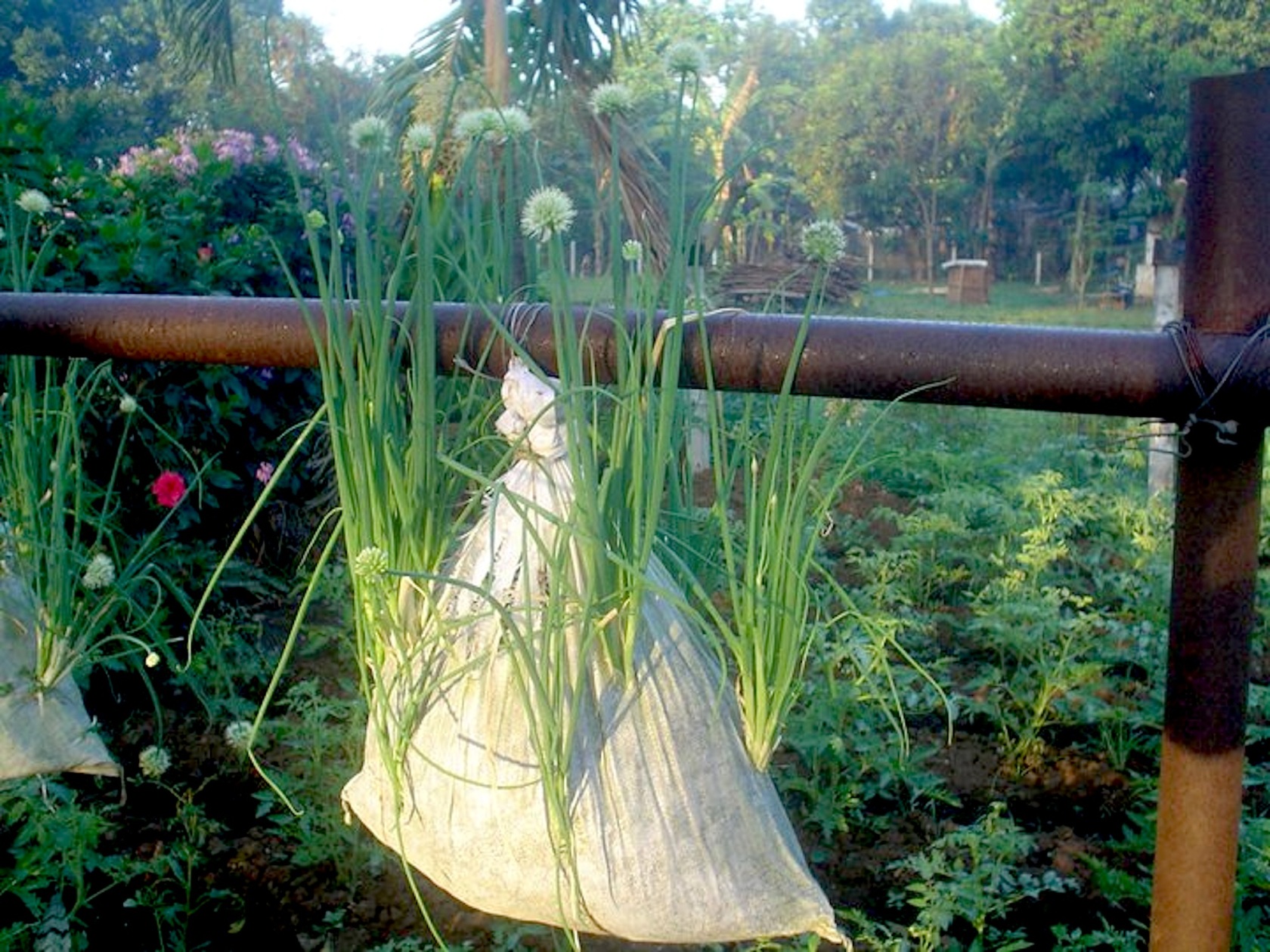
Sack gardening, a novel tool for the hungry and malnourished (Willem
GARDENING IN SACKS HANDBOOK A technique of vertical agriculture THIS HANDBOOK WAS PRODUCED BY THE TECHNICAL AND PROGRAMME QUALITY DEPARTMENT OF SOLIDARITÉS INTERNATIONAL. COORDINATED BY JULIE MAYANS, FOOD SECURITY AND LIVELIHOODS ADVISOR WRITTEN BY ADELINE ANDRES TRANSLATED BY JULIE CASSARD

Grow Your Own Sack Garden Humanitarian Aid & Relief
Fully-grown leaves are collected once a week and three sacks can provide three to four meals per week for a family of five. 80% of the produce is consumed directly, while the surplus is sold to cover the cost of other expenses such as children's education.